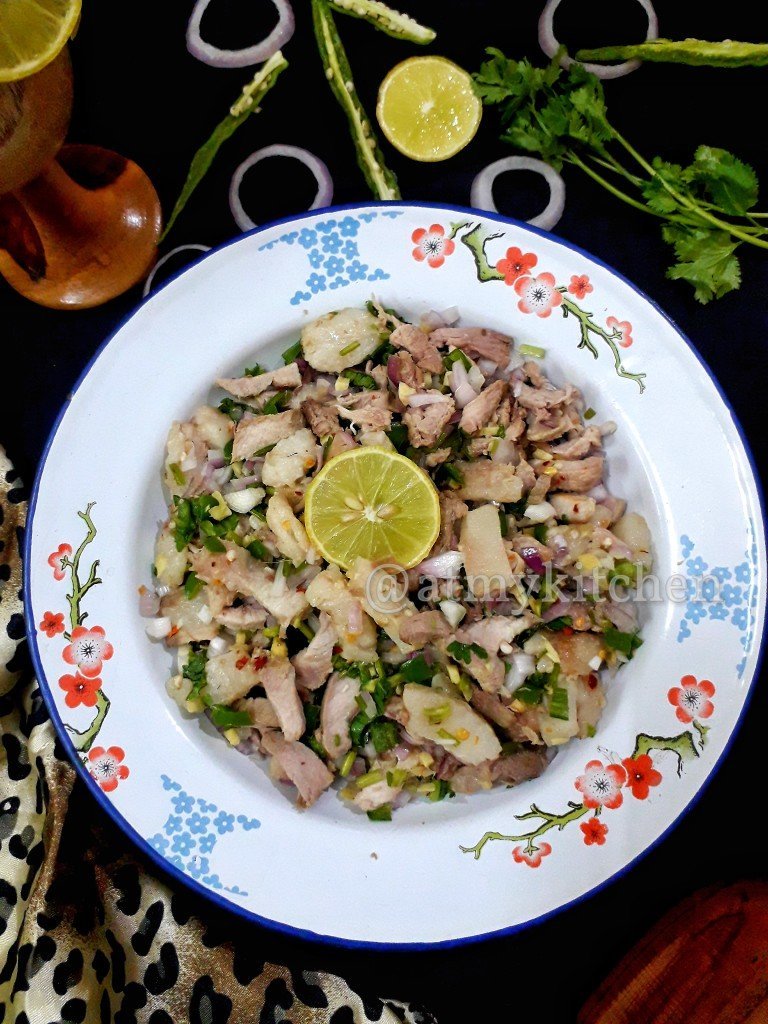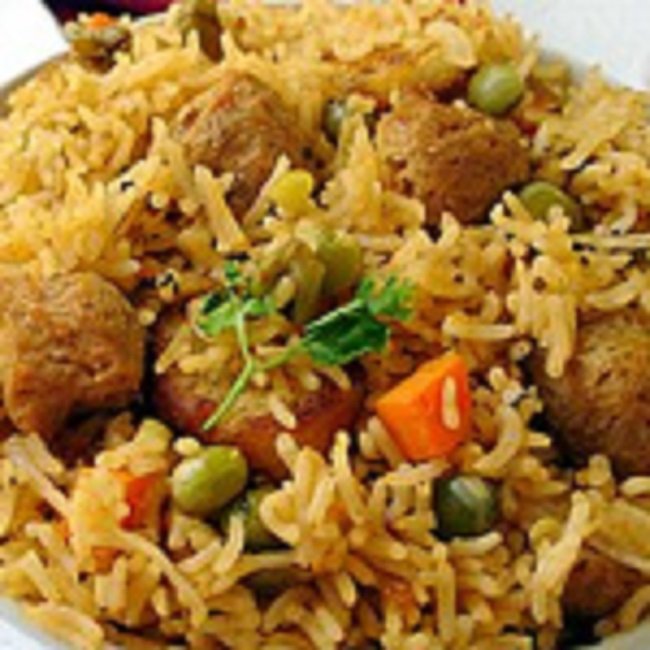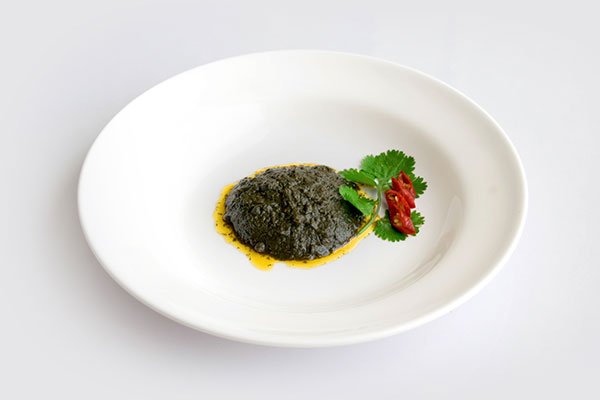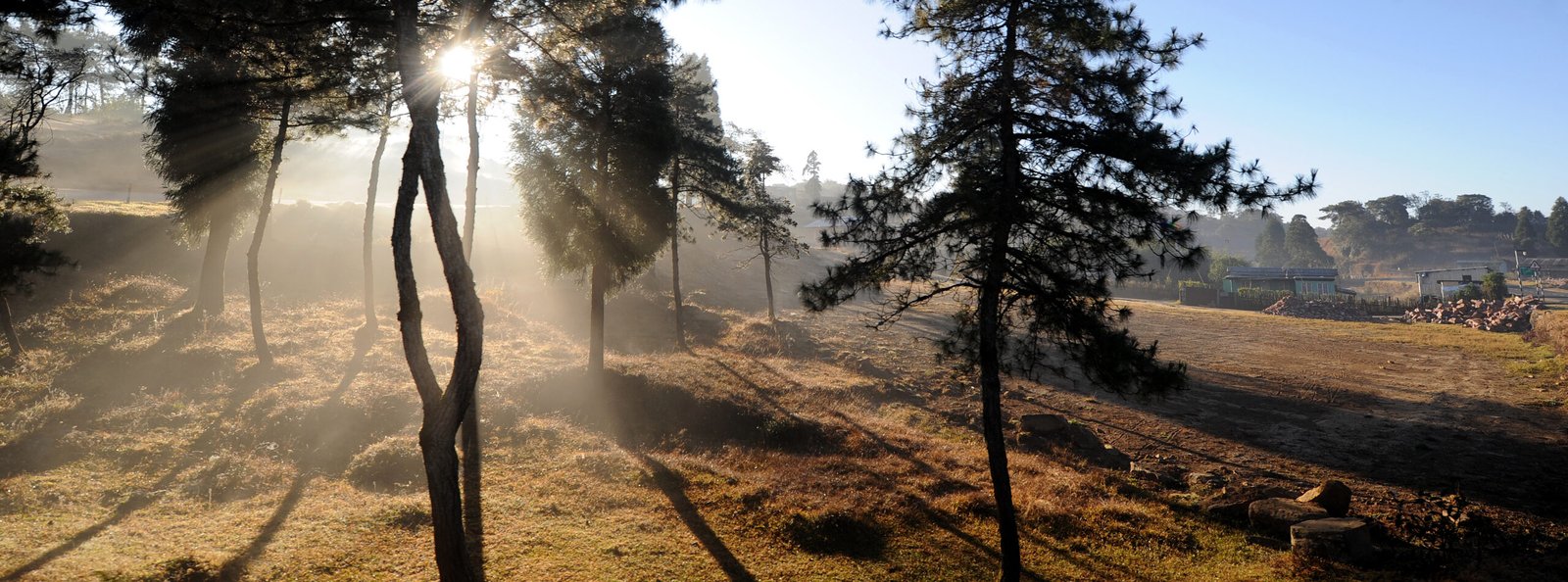MEGHALAYA Calling
Meghalaya is a small state among the 7 northeastern states of India. Meghalaya when translated, means the abode of clouds. As the name suggests, this power-packed state leaves one mystified with its spectacular charm emanating from cascading waterfalls, lush green forests, deep caves, amazing and mesmerizing culture. The natives of Meghalaya are the soul of the state, while the song, dance are vital sources of joy. Festivals play an important role in their life. Elderly natives have perfected the art of living and this has been handed down to the young.
The Flora, Fauna, and Landscape
The forests of Meghalaya are the richest botanical habitats of Asia. These forests receive abundant rainfall and support a good sort of flora and fauna. A little forest area in Meghalaya is demarcated by what is called “sacred groves”. These are small pockets of ancient forests that are preserved by the communities for many years. These forests are preserved for religious rituals and are generally free from any exploitation. These sacred groves are home to several rare plants and animal species. Meghalaya boasts of many reserves mainly the Nokrek Biosphere Reserve within the West Garo Hills and the Balphakram Park within the South Garo Hills, which are the foremost bio-diverse sites here. Additionally to those, Meghalaya has also three wildlife sanctuaries. These are the Nongkhyllem Wildlife Sanctuary, the Siju Sanctuary and the Bhagmara Sanctuary, which is the home of the insect-eating carnivorous plant Nepenthes Khasiana.
Two of the foremost important tree varieties are Shorea robusta (sal tree) and Tectonagrandis (teak). Meghalaya is additionally famous for its large sort of orchids — nearly 325 of them. Cherrapunjee and Mawsynram, the wettest places within the world; has created the region’s key natural attractions – its waterfalls, caves and unique Living Root Bridges. Sightseeing here includes a plethora of places, activities that are suitable to travellers of all genres. The Double Decker Living Root Bridge in Cherrapunjee is a wonderful amalgamation of nature’s beauty and man’s ingenuity. The other places for sightseeings in Meghalaya include Nohkalikai Waterfalls near Cherrapunjee, Umngot River in Dawki Town, Mawphlang Sacred Forest in Synrang Kaban, and Laitlum Canyon from where one can get a bird’s eye view of Shillong. Meghalaya is additionally blessed with many cascading waterfalls like Nohkalikai Waterfalls, which is India’s tallest plunge waterfall and Elephant Falls. The other waterfalls include Sweet Falls, Spread Eagle Falls and Crinoline Falls.
Another remarkable sight in Meghalaya is its double-decker and single-decker root bridges that are unique within the world. Tangles of massive thick roots are intertwined to make the bridge, which will hold several people at a time. Khasi natives are trained to make a solid bridge, made up of roots across the raised banks of streams. The living root bridges are made up of the roots of the Ficus Elastica tree, which produces a series of secondary. The living root bridges, a number of which are over 100 feet long, are extraordinarily strong to support the load of fifty or more people at a time.
Also, check out the best Meghalaya Tour Packages from Mumbai.
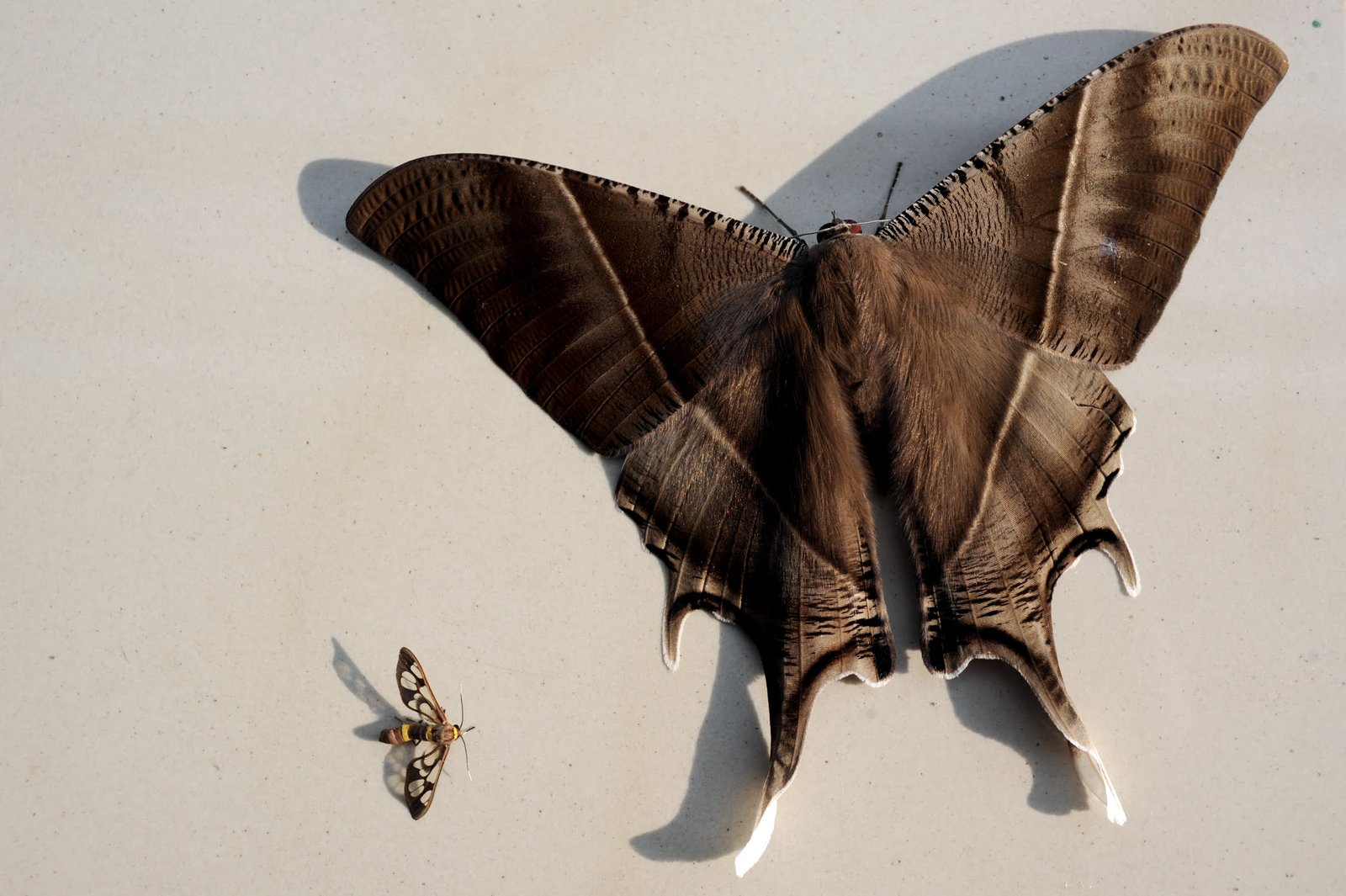
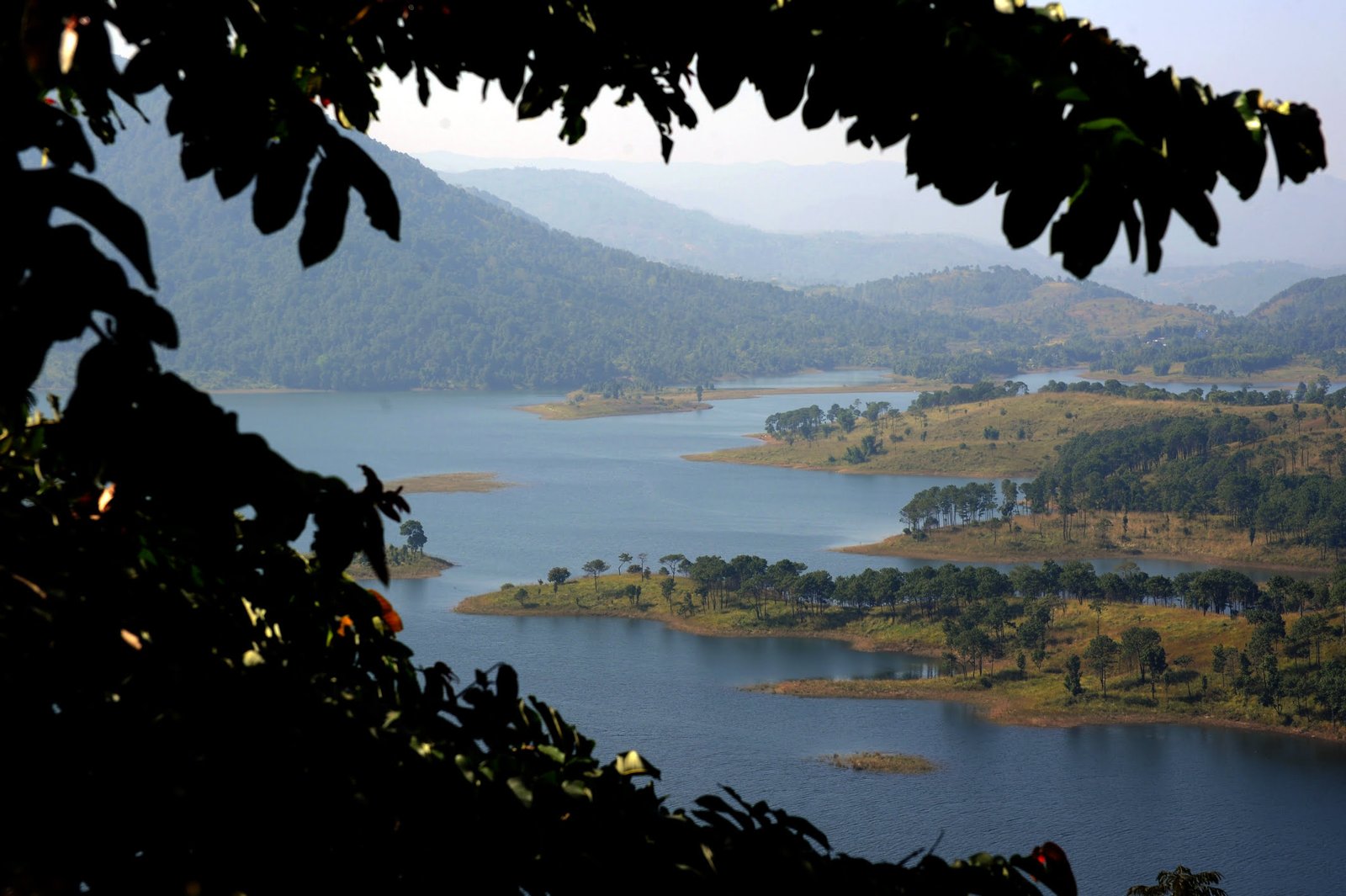


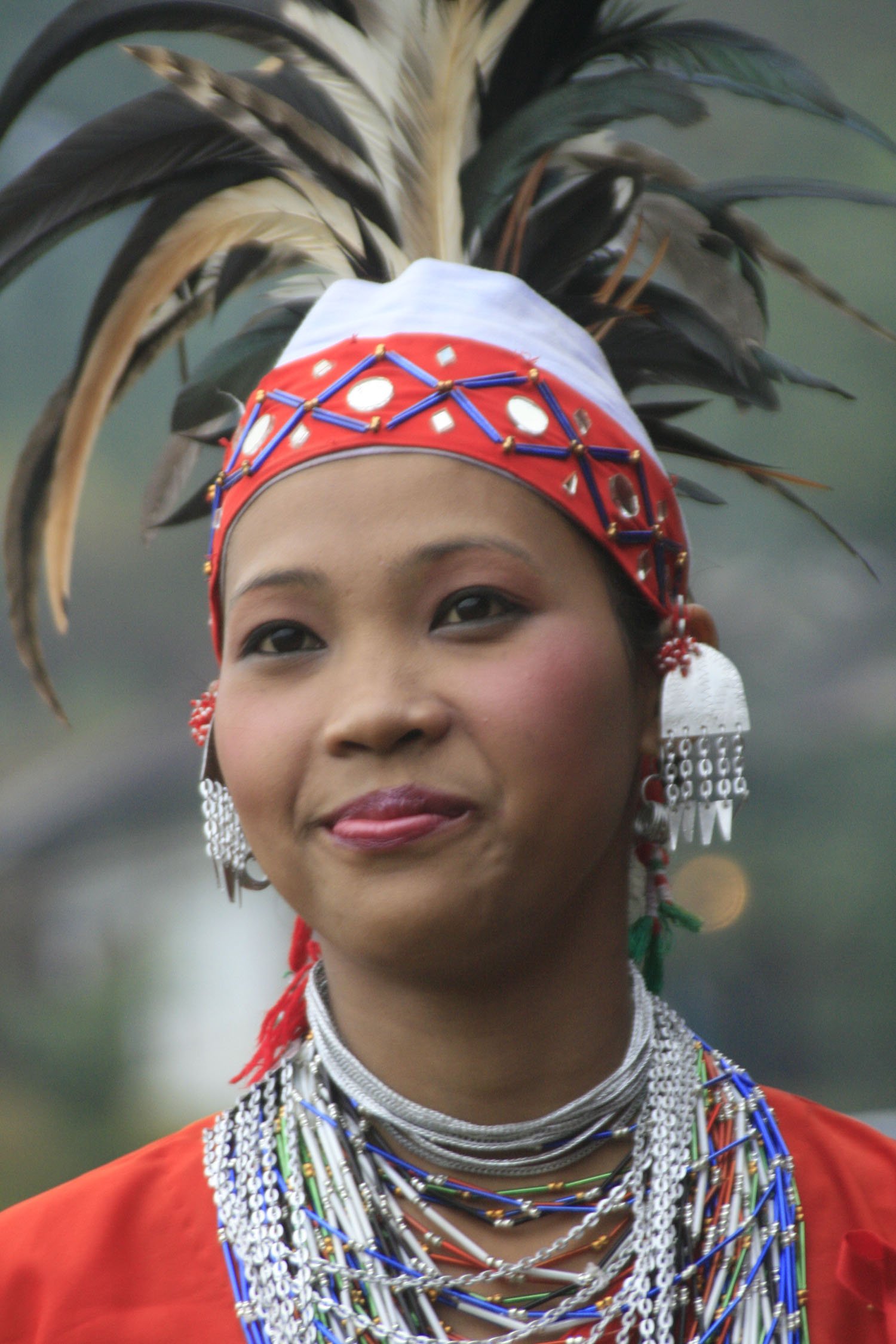
People
Meghalaya natives are often classified into three main groups. Garos, Khasis, and Jaintias. The Garos inhabit the western side of the Meghalaya; Khasis reside within the central region while Jaintias are often traced right down to the eastern a part of Meghalaya. Aside from those mentioned above, there are many other tribes in Meghalaya-two of them being the Bhoi and therefore the War who reside generally within the southern, northern part of the central highlands. Another tribe is Lyngams within the west of the Khasi and Jaintia hills. Collectively, Jaintia, War, Khasi and Bhoi people are referred to as Hynniewtrep.
The ancestors of the Meghalaya people are Mongoloids. The community is split into two parts – patrilineal and matrilineal. Garos, Khasis and Pnars are matrilineal society of Meghalaya. In these tribal communities, women have the liberty to live freely for themselves. They do not have a say within the community matters but they enjoy great respect in their respective families.
Meghalaya also do not allow customs like gift, or dowry. Women are held in high esteem for they provide birth to the new generation..
The society has also some special rules regarding inheritance of property. In Khasis, the maternal property mostly goes to the youngest daughter, while the rest of her sisters would be given some portions from it during their parent’s lifetime. Among the Garos, the youngsters from birth belong to the mother’s family. When a headman retires or dies, the eldest son of his eldest sister follows him.
Vibrant Festivals of Meghalaya
The Khasis, Jaintias and Garos of Meghalaya celebrate several festivals which are directly and indirectly connected with religion .The various Festivals are .
- Shad Suk Mynsiem
- Nongkrem Festival
- Behdeinkhlam Festival
- Shad Sukra
- Wangala Festival
Festivals of the Khasis
Shad Suk Mynsiem Festival
Shad Suk Mynsiem is the most important festival of the Khasi Clans of Meghalaya. The Jaintia and Garo clans of Meghalaya also celebrate it. This festival is celebrated in April, every year. This is also known as ‘Move of cheerful hearts’. This is a three-day festival and is popularly known as the ‘Shad Phur’. This festival is celebrated primarily in the Khasi Hills; close to Shillong.
Nongkrem Festival
The Nongkrem Festival is also celebrated by the Khasis. It is a thanksgiving festival that is celebrated for about 5 days in the month of October or November, every year. People from all over the world come here to witness the Khasi men and women performing the Shad Mystieh dance. During this festival, young girls of the Khasi clan, wear expensive silk and gold ornaments they then dance the Ka Shad Kynthei within the clique of stage, while men wearing dhoti, full-sleeved shirt, sleeveless coat and a turban with a sword in their right hand perform the Ka Shad Mystieh in the outer circle.
Festival of the Jaintias
Behdeinkhlam Festival
Behdeinkhlam is a four-day festival and is celebrated by the Jaintia Clan. It is celebrated during the sowing season when the people of the Niamtre religion gather together to pray for bountiful produce. It is celebrated in July, every year. One of Meghalaya’s most colourful religious festivals, Behdeinkhlam, is celebrated for three days during July at Jowai. The word ‘Behdeinkhlam’ literally means ‘driving away of evil (plague) by wooden sticks’. This festival has religious connotations. People dance on the street to the accompaniment of drum beating and pipe playing. The women do not participate in the dancing but have an important role to play at home by offering sacrificial food to the spirits of the ancestors. Each locality prepares a decorative tower-like structure called a rath. These are carried by 30 to 40 strong people to a small lake at Aitnar for immersion. The festival climaxes when the khnong (the most sacred tree) is brought to the centre of each locality. In the afternoon datlawakor is played between two teams from the upper and lower valleys of the Myntdu River. It is a kind of soccer with a wooden ball. Those who win are believed to be blessed with a good harvest.
Shad Sukra
The Jaintia clan also celebrates this festival. This festival is also celebrated prior to the sowing season; in mid-April or May. The Pnar people seek the blessing of their deity for good produce and pray for the protection of their crops from all natural calamities.
Festival of Garos
Wangala Festival
The Garo people, celebrate the Wangala Festival marking the end of the agricultural year. It is a thanksgiving festival for Misi-A-Gilpa-Saljong-Galapa, the god of fertility. This festival is now popularly known as Hundred Drums Festival. During this festival, a special instrument named Nagara is beaten and men and women dance gracefully.
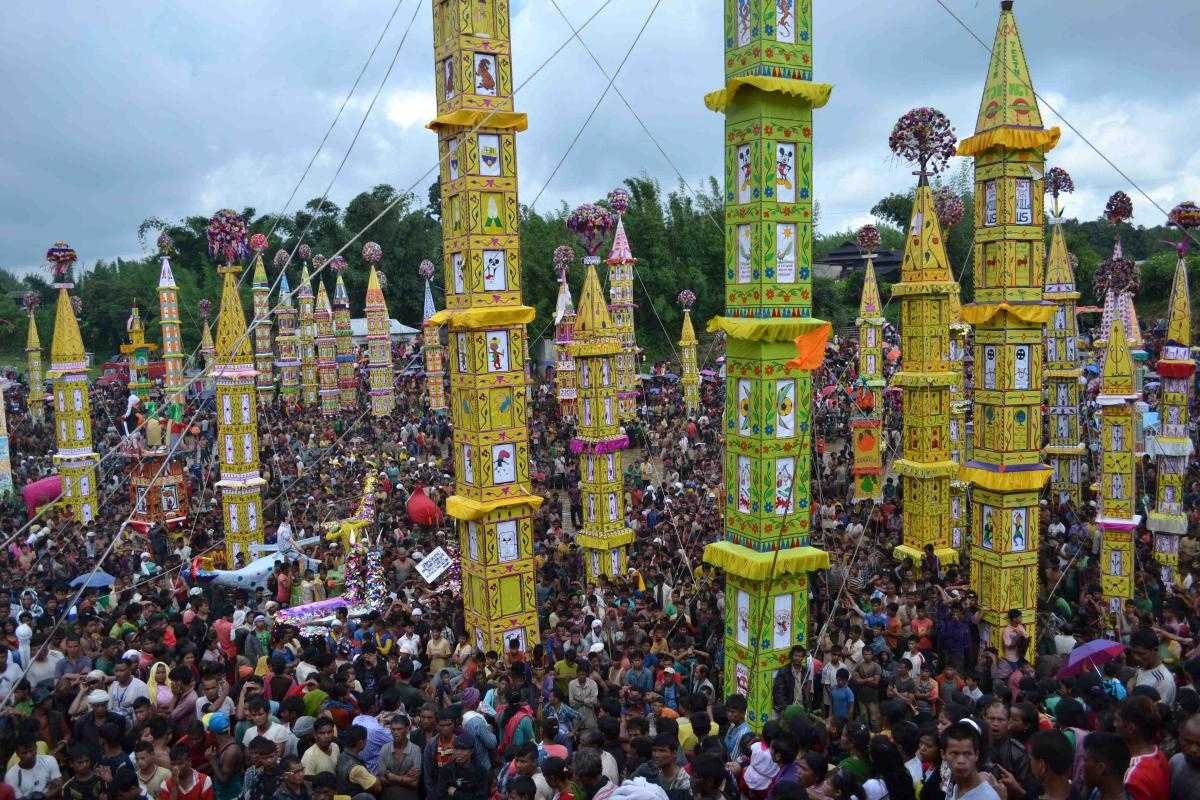

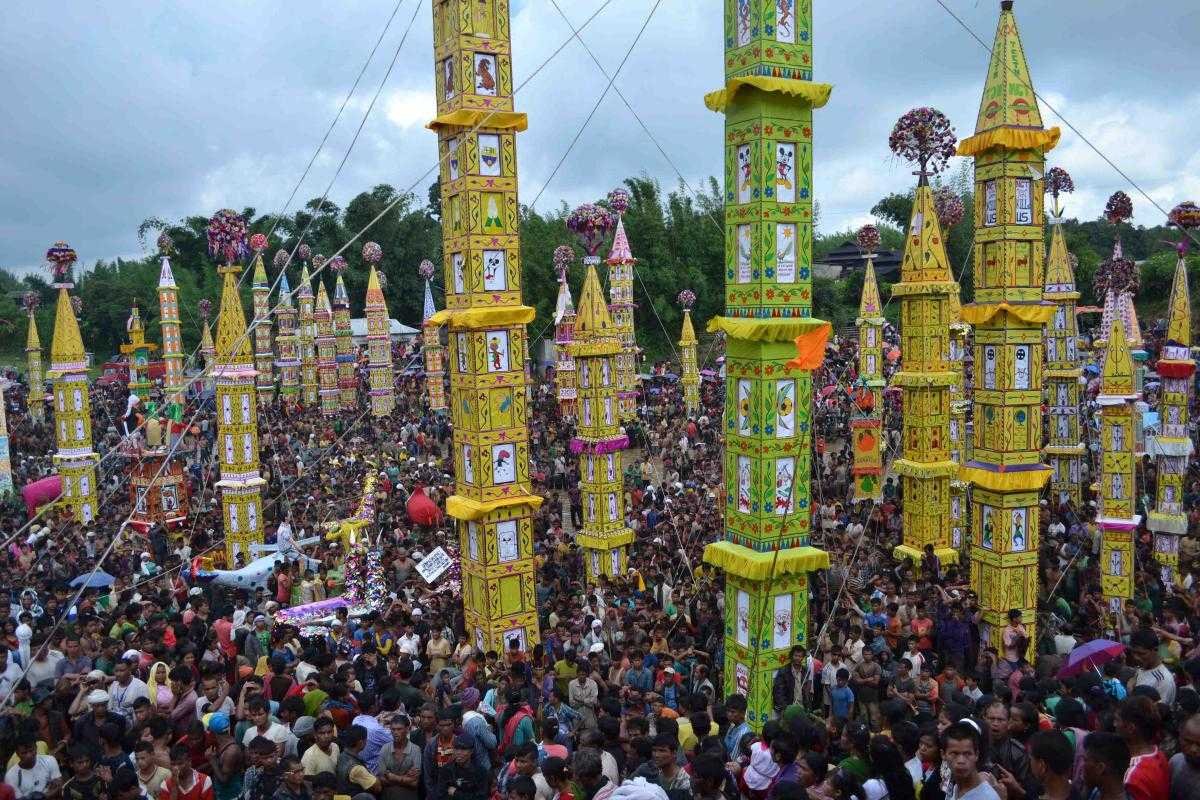

Other Festivals
Autumn Festival
There are various festivals throughout the year but Shillong comes alive in the month of October-November during the annual autumn festival. Meghalaya Tourism with various other organizations co-host several functions and events to entertain both tourists and locals. Various fashion shows are conducted where local designers showcase their products using indigenous fabrics woven in the state. Beauty pageants, food and wine festivals, flower shows, kite flying competitions, music and rock festivals, golf tournaments, fishing competitions and a host of other activities are arranged.
Strawberry Festival
Meghalaya’s Strawberry Fest is a big tourist attraction and promotion event for growers and investors from across the country. Meghalaya hosted the country’s first Strawberry Festival on Valentine’s Day. Every year the festival draws a huge crowd, including tourists at the venue. People of all ages throng the place to try out fresh and juicy strawberries, as well as buy packets of the fruit, and other strawberry-based products as gifts
Ranikor Festival
The Mawkyrwat Sub Divisional Officers Welfare Association, (MSDOWA) Mawkyrwat organized the first Beach Festival at Ranikor on the 23 and 24 February 2007. The various activities organized on the two days of the festival were:
- Display of the rich cultural diversity of Ranikor by various groups, like Khasis, Garos, Hajong, Assamese etc., through dance and music.
- Beach soccer and beach volleyball
- Boat ride to the Jadukata Bridge
- Trekking to the International Border with the assistance of BSF
- Boat riding
- Archery competition with participants from all across Khasi Hills
- Swimming
- Kite flying
- Performance by live band
- Disco on the Beach with DJ
- Ethnic cuisine
Bacardi NH7 Weekender
Description of Meghalaya is incomplete without its music. The capital city of Shillong is dubbed as the Rock Capital of India. With the pleasant climate and a laid-back attitude of everyday life, the youth and the old indulge in music. The Bacardi NH7 Weekender is a yearly event that is much awaited by the music-loving crowd of the state. With the scenic beauty and immense hospitality of the local people, the festival is indeed a joyous one. Music lovers from all over the country and abroadconsider it as an essential visit.
Shillong Beer Festival
Shillong Beer Festival aims to provide an open forum for beer brands both local and international. The intention of the festival is to win over the hearts of consumers and to give Shillong its rightful place on the world map. An entrepreneur and the other a businessperson held the first Shillong beer festival in 2014. The ideology of the festival is to highlight music, local beverages and celebrate the tradition and culture of the North East. It is often an entertainment filled weekend with sampling of beers coupled with enticing food, music art and games away from the hub and bustle of the city. The festival not only displays various flavours of beers but also provide an opportunity for local entrepreneurs to learn new marketing strategies.
Cherry Blossom Festival
Shillong’s Cherry Blossom Festival celebrates the unique flowering of Himalayan Cherry blossoms. The pink bounty of Shillong is a gift of the Himalayas. The cherry blossoms or Prunis Cerasoides span across the east and west Khar.One can witness the grandeur of the pink blooms awash the cherry blossom trees heralding the arrival of the autumn season. The Fest is celebrated with numerous cultural events, fashion pageants, magic shows, rock concerts, dance performances from all over the North East and a D J night. Alongside there will be states displaying the region’s food culture and crafts. The latest Festival was held in November 2019.The highlight of the year’s festival was a cherry blossom photography competition.
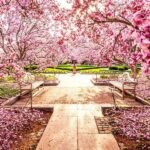

Cuisine
Meghalaya is home to 3 Mongoloid tribes. The staple food of the people is rice .The popular dishes of Khasis and Jaintia are Jadoh, Ki Kpu, Tung-rymbai, and pickled bamboo shoots; bamboo shoots also are a favourite dish of the Garos. Garos also consume non-domesticated animals, though their everyday staples are simple foods like rice with kapa, cooked with a special ingredient called purambhi masala.
Rice and maize are the food crops of Meghalaya. Major fruits grown in Meghalaya are oranges, guava, pineapples, bananas, lemon, etc. The inhabitants also eat the meat of bison, deer, wild pigs, etc. Fish, crabs, eels, prawns; dry fishes also are a major part of the menu in Meghalaya. A characteristic habit of the natives is chewing betel leaf and unripe betel nut. A special kind of beer is prepared from fermented rice called Kyat that has a unique flavor. Kyat is seen as a true symbol of Meghalaya hospitality.
Some delicacies are listed below
Jadoh may be a very fashionable dish among the Khasi community of Meghalaya. Jadoh is red rice, cooked with generous amounts of pork meat. Sometimes, it is also cooked with chicken or fish. A mix of green chillies, onions, ginger, turmeric, black pepper and bay leaves is made, then pieces of pork are added and fried to which the red rice is added and cooked.
Doh Khlieh is a delicious salad made out of minced pork, onions and chilies. Nakhmam Bitchi is popular soup consumed before meals. Nakham is a dry fish, which is sun-dried or fire-dried. The fish is then fried and boiled in water, to make a thick, rich soup.
Pumaloi is a rice dish of Meghalayan cuisine. Pumaloi means powdered rice, which has been steamed. A unique pot called Khiew Ranei is used to cook the rice.
Doh-neiiong is a pork curry dish that reflects indulgence. Fried pork is served with a rich, thick gravy flavoured generously with green chillies, pepper, red onions, local spices and black sesame.
Tungrymbai is a dish flavoured with delicious ingredients and is made from fermented soya beans, boiled and chopped pork, black sesame, ginger, onion and other spices. All these are fried and sauted together, and the delicious mixture is left simmering for some time to deepen the flavor and taste.
Pudoh is additionally a dish made up of boiled, powdered rice with the difference being the addition of pork pieces. The dust rice is steamed along with small pieces of pork to infuse the flavor. A rich sauce is ready to reinforce the flavour further.
Minil Songa is a sticky rice preparation. Minil is sticky rice, which has a rich nutty flavour and delicate texture. It has a high amount of starch, making it sticky.
Pukhlein is powdered rice, sweetened with jaggery. The jaggery and rice mixture is fried together within the pan, to make a deep, thick paste. The golden brown crispy rice is served with a wide variety of meat items,
Sakin Gata sticky polished rice cake is a sweet delicacy of Meghalayan cuisine. The sticky rice is soaked in water overnight and mixed with sugar. Alternate layers of the rice mixture and roasted sesame seeds arranged in banana leaves, are placed in special cooking pot and steamed.
